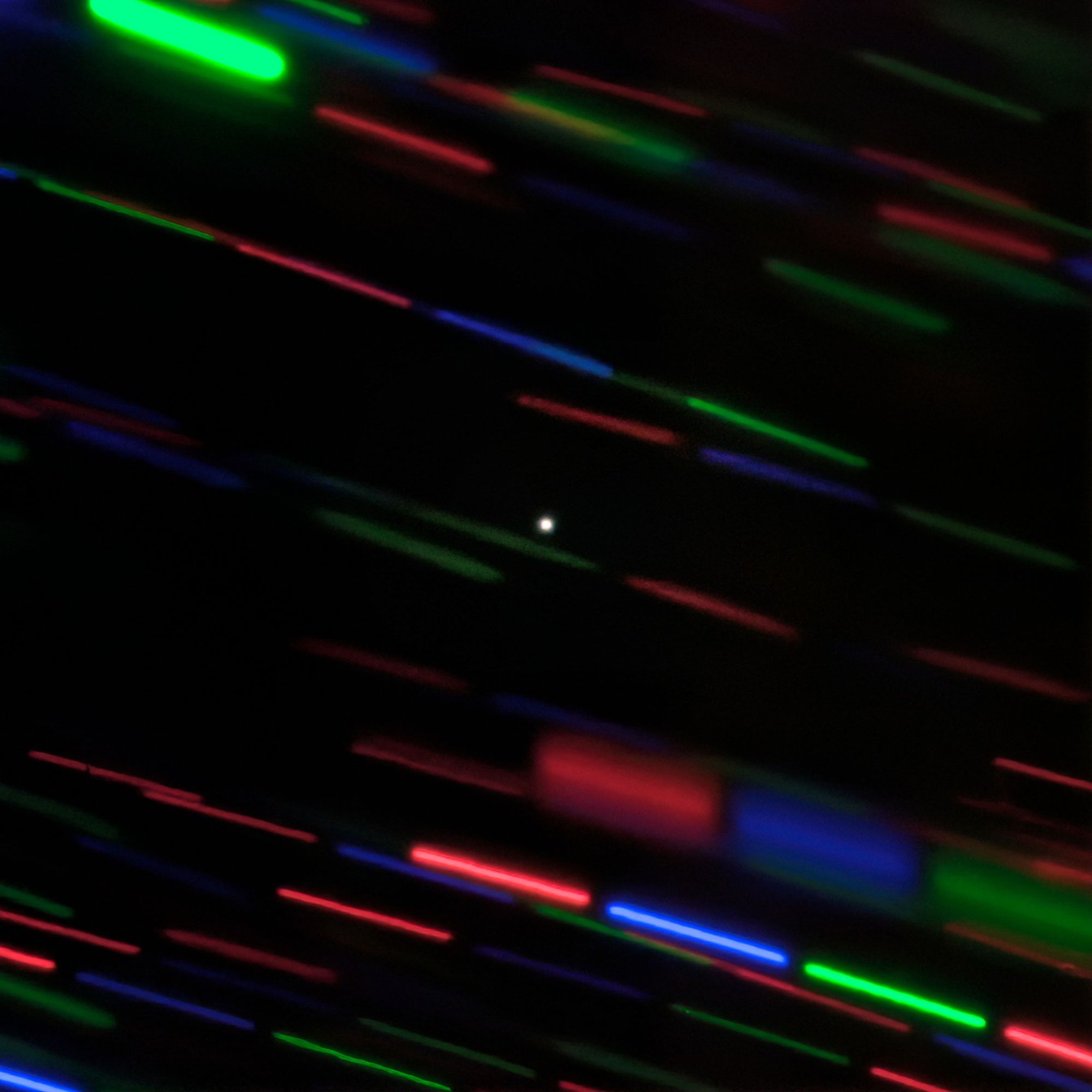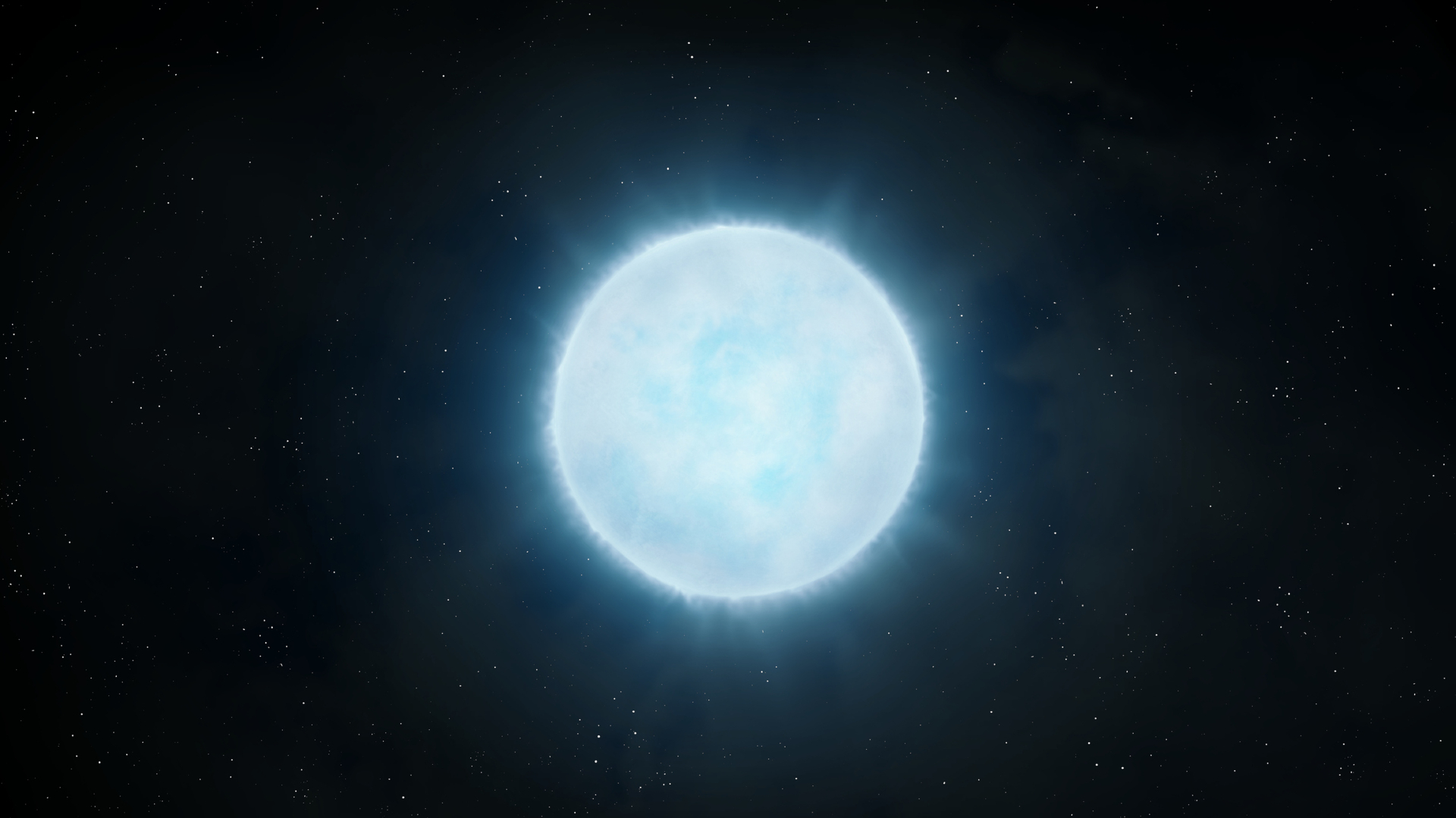Earth's minimoon is gone but not forgotten: Report
All good things must come to an end.

For a brilliant (albeit brief) period of time, Earth had two moons — our tried and true satellite with astronaut footprints and abandoned lunar buggies on its surface, and a miniature space rock pulled into our orbit.
But alas, all good things must come to an end, and thus, the minimoon is no longer with us, according to The Atlantic.
Our (former) minimoon, known formally as 2020 CD3, was officially identified in February after it had been orbiting our planet for at least a year, astronomers estimate. This happy little surprise revealed what is most likely a small, 3-foot-wide (0.9 meters) space rock. Researchers think that gravitational forces flung the tiny space rock into our orbit, where it hung out for so long.
Related: How scientists found Earth's minimoon and why it won't stay
Now, astronomers think that our new minimoon has been flung out yet again and is back on a journey to enter an orbit around the sun. "There's no question it was still in orbit around the Earth in early February, and there's no question now that it's in orbit around the sun," Bill Gray, an astronomy-software developer, told the Atlantic. 2020 CD3 likely left our orbit on March 7, Gray told the Atlantic.
The end of our days with two moons is no surprise. Being what's known as a "temporarily captured object," astronomers knew that 2020 CD3 wouldn't be staying for long. The minimoon was originally estimated to leave Earth's orbit sometime in April, so this isn't too far off.
Following the first detection in 2006, this was the second time that astronomers have identified a temporarily captured object in Earth's orbit. At first, astronomers weren't quite sure if the minimoon was really a space rock or if it might be a defunct satellite or some other space junk. But, following some observations, they are fairly certain it is a small rock, though they're not sure exactly what type of rock it might be.
Breaking space news, the latest updates on rocket launches, skywatching events and more!
2020 CD3 could be a small asteroid or even a little chunk from our own moon, broken off in an impact with another space rock and pushed into Earth's orbit. Either way, unfortunately our brief stint having the rock as a second moon won't happen again for a long time. While 2020 CD3 will come close to Earth again in March of 2044, it won't be close enough to be grabbed into our orbit, Gray reported to the Atlantic. It might eventually come back close enough to get pulled into our orbit and revisit its status as a minimoon, but that might not happen for thousands of years.
If 2020 CD3 ever orbits Earth again, it will be way past our lifetimes. However, it's likely that another small rock will someday be temporarily captured by Earth's orbit and our moon will have a rocky little companion once again.
- The 12 strangest objects in the universe
- 5 strange, cool things we've learned about the moon
- 9 epic space discoveries you probably missed in 2019
Follow Chelsea Gohd on Twitter @chelsea_gohd. Follow us on Twitter @Spacedotcom and on Facebook.
OFFER: Save at least 56% with our latest magazine deal!
All About Space magazine takes you on an awe-inspiring journey through our solar system and beyond, from the amazing technology and spacecraft that enables humanity to venture into orbit, to the complexities of space science.

Chelsea “Foxanne” Gohd joined Space.com in 2018 and is now a Senior Writer, writing about everything from climate change to planetary science and human spaceflight in both articles and on-camera in videos. With a degree in Public Health and biological sciences, Chelsea has written and worked for institutions including the American Museum of Natural History, Scientific American, Discover Magazine Blog, Astronomy Magazine and Live Science. When not writing, editing or filming something space-y, Chelsea "Foxanne" Gohd is writing music and performing as Foxanne, even launching a song to space in 2021 with Inspiration4. You can follow her on Twitter @chelsea_gohd and @foxannemusic.

